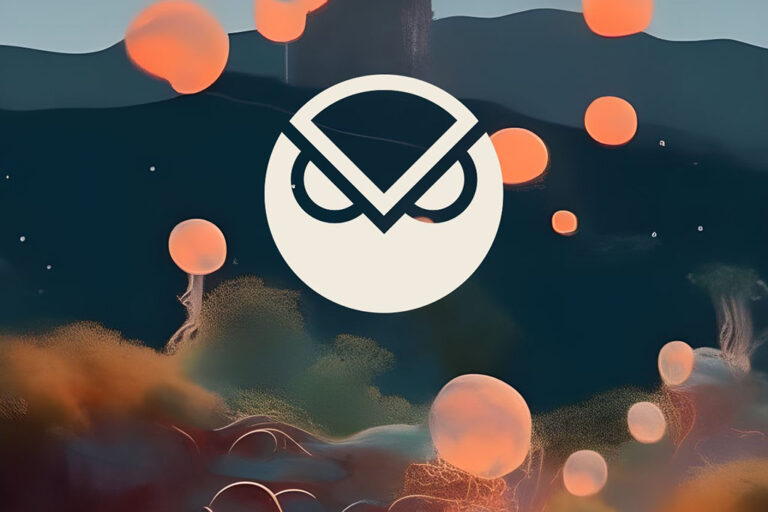The Gnosis Chain community is exploring alternative solutions to replace xDAI. Among the proposed options is the adoption of another decentralized stablecoin.
Popular Ethereum sidechain Gnosis Chain’s community is grappling with a crucial decision: whether to continue using its current gas token, xDAI, or explore alternatives following MakerDAO’s recent rebranding and the introduction of its new stablecoin Sky Dollar (USDS).
Gnosis Chain has relied on xDAI, a bridged version of MakerDAO’s DAI stablecoin, to cover transaction fees on its network. MakerDAO recently implemented a broader “endgame” strategy, which includes offering DAI holders the option to upgrade their tokens to USDS on a 1:1 ratio, alongside native token rewards.
Concerns Regarding USDS Stablecoin
The new USDS stablecoin has raised concerns within the Gnosis community due to its potential centralized features. For example, it holds the power to freeze wallet addresses and restrict access for users in certain jurisdictions, like the United Kingdom and the United States.
These features contradict the core principles of decentralization that Gnosis Chain upholds, leading to a reevaluation of xDAI’s role as the network’s gas token. Community discussions have revealed a strong sentiment against adopting USDS as the primary gas token. One community member stated:
“This change is against the very essence of Gnosis, which is decentralization and permissionless use.”
Suggested Alternatives
In response, the Gnosis Chain community is exploring alternative solutions to replace xDAI. Among the proposed options is the adoption of another decentralized stablecoin. Members have suggested replacing xDAI with a decentralized stablecoin like Rai, Hai, LUSD, crvUSD, or even a basket of these currencies.
Moreover, they have also suggested switching to a centralized stablecoin like USDT. While this may seem counterintuitive for a decentralized network, some members believe that pairing a decentralized Layer 1 (L1) blockchain with the largest centralized stablecoin could be feasible.
There are also discussions on using Gnosis Chain’s native staking token, GNO, for transaction fees. This would align Gnosis with other blockchain protocols that use their native tokens as gas.
GNO is currently valued at $157, up by around a 50% increase over the past year. It currently holds a market cap of $406 million, positioning it as the 127th largest cryptocurrency by market capitalization.
A more ambitious proposal involves negotiating with MakerDAO to transfer control of DAI governance to GnosisDAO. While this would allow Gnosis to maintain its strong connection with DAI, the feasibility of such a move remains uncertain.
Notably, these discussions are still in the early stages, with no formal proposals on the table yet.
As per the latest data, Gnosis Chain now boasts a total value locked (TVL) of $244 million, marking a fourfold increase over the past year. Last week, leading DeFi analyst DeFiLlama announced the tracking of StakeWise V3, a liquid staking platform on Gnosis for DeFi natives and institutions.
next